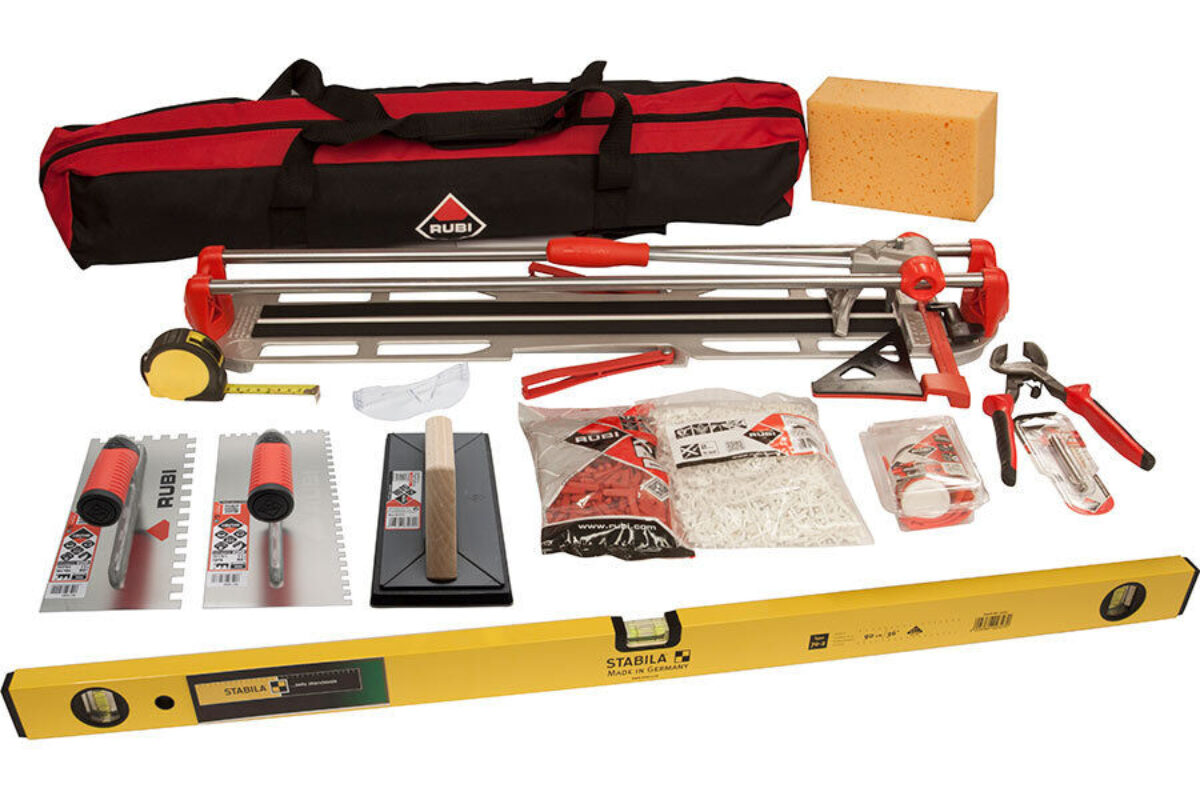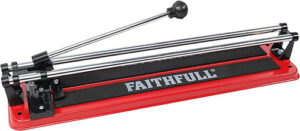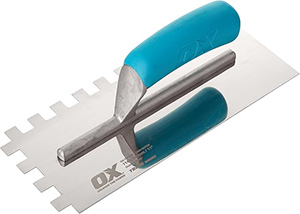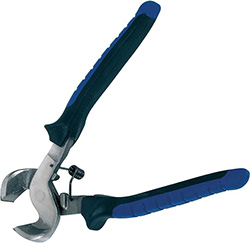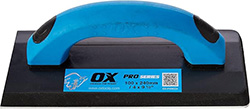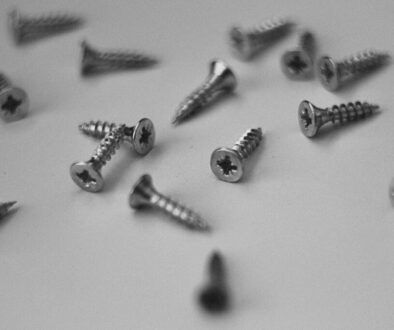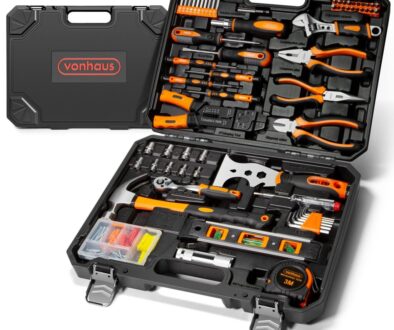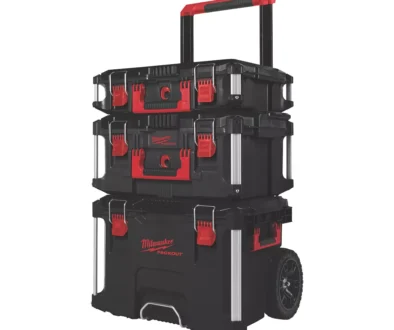What tools do You need for tiling
To tile a surface, you’ll need the following tiling tools:
- Tile Cutter: For cutting tiles to size.
- Notched Trowel: To spread adhesive evenly.
- Tile Spacers: To maintain consistent gaps between tiles.
- Level: To ensure tiles are even.
- Rubber Mallet: To gently tap tiles into place.
- Tile Nippers: For small, precise cuts.
- Grout Float: To apply grout between tiles.
- Sponge: For cleaning excess grout.
- Measuring Tape: For accurate measurements.
- Bucket: For mixing grout or adhesive.
These tools will help you achieve a neat and professional tiling job.
Tile Cutter: The Precision Tool for Perfect Cuts
A tile cutter is a specialized tool designed to make clean, precise cuts in ceramic, porcelain, and other types of tiles. Whether you’re a professional tile setter or a DIY enthusiast, a good tile cutter is essential for achieving a professional finish.
Types of Tile Cutters:
- Manual Tile Cutters: These are the most common type of tile cutter and are ideal for small to medium-sized tiles. They typically consist of a scoring wheel and a lever that applies pressure to break the tile along the scored line.
- Electric Tile Cutters: For larger tiles or frequent use, electric tile cutters offer more power and speed. They use a diamond-tipped blade to cut through the tile.
- Wet Tile Cutters: These cutters use water to keep the blade cool and prevent the tile from chipping. They are often used for cutting large or delicate tiles.
Key Features to Consider:
- Cutting Capacity: Choose a cutter that can handle the size of tiles you’ll be working with.
- Scoring Wheel: A sharp, high-quality scoring wheel is essential for clean cuts.
- Base: A sturdy, non-slip base ensures stability and prevents the tile from moving during cutting.
- Adjustable Depth: The ability to adjust the cutting depth is helpful for different tile thicknesses.
With the right tile cutter, you can easily and accurately cut tiles for your next tiling project, whether it’s a kitchen backsplash, bathroom floor, or outdoor patio.
Notched Trowel: The Key to Perfect Tile Adhesion
A notched trowel is a specialized trowel used to apply adhesive to surfaces before tiling. The notches on the trowel create grooves in the adhesive, which help to ensure proper adhesion between the tile and the substrate.
Types of Notched Trowels:
- Square-Notched Trowels: These trowels have square-shaped notches, which are ideal for applying adhesive to flat surfaces.
- U-Notched Trowels: U-notched trowels have U-shaped notches, which are used for applying adhesive to uneven or textured surfaces.
- V-Notched Trowels: V-notched trowels have V-shaped notches, which are used for applying adhesive to large format tiles.
Key Features to Consider:
- Notch Size: The size of the notches on the trowel determines the thickness of the adhesive layer.
- Material: Notched trowels can be made from metal or plastic. Metal trowels are more durable, while plastic trowels are often lighter and easier to clean.
- Handle: A comfortable handle is essential for ergonomic use.
Using the correct notched trowel is crucial for achieving a strong and durable tile installation. By applying the adhesive with the appropriate trowel, you can help to prevent tiles from becoming loose or cracking.
Tile Spacers: The Secret to Even Tile Installation
Tile spacers are small, plastic or ceramic pieces used to maintain consistent spacing between tiles during installation. These tiny tools play a crucial role in ensuring a professional-looking and even finish.
Types of Tile Spacers:
- Plastic Tile Spacers: These are the most common type of tile spacer, available in a variety of sizes and shapes.
- Ceramic Tile Spacers: Ceramic spacers are often used for high-end installations, as they can match the color and texture of the tiles.
Key Benefits of Using Tile Spacers:
- Even Spacing: Tile spacers help to maintain consistent spacing between tiles, preventing unsightly gaps or overlaps.
- Improved Grouting: Evenly spaced tiles make it easier to apply grout and achieve a clean, professional finish.
- Reduced Cracked Tiles: Using tile spacers can help to prevent tiles from cracking due to uneven stress.
- Easier Installation: Tile spacers can speed up the installation process by making it easier to align tiles.
When installing tiles, it’s important to use the appropriate size of tile spacers for the type of tile and the desired joint width. By using tile spacers consistently, you can ensure a beautiful and long-lasting tile installation.
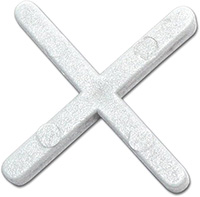
Rubber Mallet: The Gentle Giant of Hammers
A rubber mallet is a specialized hammer with a soft rubber head. Unlike traditional hammers with metal heads, rubber mallets are designed to strike objects without causing damage. They are often used in situations where a gentle tap is needed, such as:
- Assembling furniture: Rubber mallets can help to fit pieces together without damaging them.
- Installing trim: They can be used to tap trim pieces into place without leaving marks.
- Carpentry: Rubber mallets can be used to drive in nails or stakes without damaging the surrounding material.
- Automotive repair: They are often used to install or remove parts without scratching the paint.
The soft rubber head of a rubber mallet absorbs the impact of the strike, making it a safe and effective tool for many tasks. Whether you’re a professional or a DIY enthusiast, a rubber mallet is a valuable addition to your toolkit.
Tile Nippers: The Precision Tool for Small Cuts
Tile nippers are a specialized tool designed to make small, precise cuts in ceramic and porcelain tiles. They are particularly useful for cutting out small sections of tiles or for creating intricate shapes.
How Tile Nippers Work:
- Leverage: Tile nippers use leverage to apply pressure to the tile, causing it to break along the desired line.
- Cutting Jaws: The cutting jaws of the nippers are typically made of hardened steel, ensuring a clean and precise cut.
Key Features:
- Adjustable Cutting Jaws: Most tile nippers have adjustable cutting jaws, allowing you to accommodate different tile thicknesses.
- Ergonomic Design: A comfortable grip is essential for precise and efficient cutting.
- Durable Construction: Tile nippers are typically made from high-quality materials to withstand repeated use.
Common Uses:
- Creating Intricate Shapes: Tile nippers can be used to cut out small, intricate shapes from tiles, such as circles, squares, or custom designs.
- Removing Damaged Tiles: If a small section of a tile is damaged, tile nippers can be used to remove the damaged area and replace it with a new piece.
- Cutting Around Obstacles: Tile nippers are useful for cutting around pipes, wires, or other obstacles during tile installation.
Whether you’re a professional tile setter or a DIY enthusiast, tile nippers are a valuable tool for making precise cuts and achieving a professional finish.
Grout Float: The Finishing Touch for Tile Installations
A grout float is a specialized tool used to apply, smooth, and finish grout between tiles. It’s an essential tool for achieving a professional-looking and durable tile installation.
Types of Grout Floats:
- Rubber Grout Floats: These floats have a rubber or synthetic rubber head, which is ideal for smoothing grout and removing excess.
- Sponge Grout Floats: Sponge grout floats are used for the final stage of grouting, to remove any remaining grout residue and create a polished finish.
Key Features:
- Size: Grout floats come in various sizes, from small for narrow joints to large for wider joints.
- Handle: A comfortable handle is essential for ergonomic use and prevents hand fatigue.
- Durability: Grout floats should be made from durable materials to withstand the rigors of tile installation.
How to Use a Grout Float:
- Apply Grout: Use a notched trowel to apply grout between the tiles.
- Smooth Grout: Use the grout float to smooth the grout into the joints and remove any excess.
- Clean Up: Once the grout has set, use a damp sponge to clean away any grout residue from the surface of the tiles.
By using a grout float correctly, you can ensure that your tile installation looks professional and lasts for years to come.

